How to Make Perfect Roasted Garlic
on Oct 15, 2019, Updated Mar 10, 2025
This post may contain affiliate links. Please read our disclosure policy.
Soft, mild, creamy and so easy to make at home! You'll find so many ways to use roasted garlic!
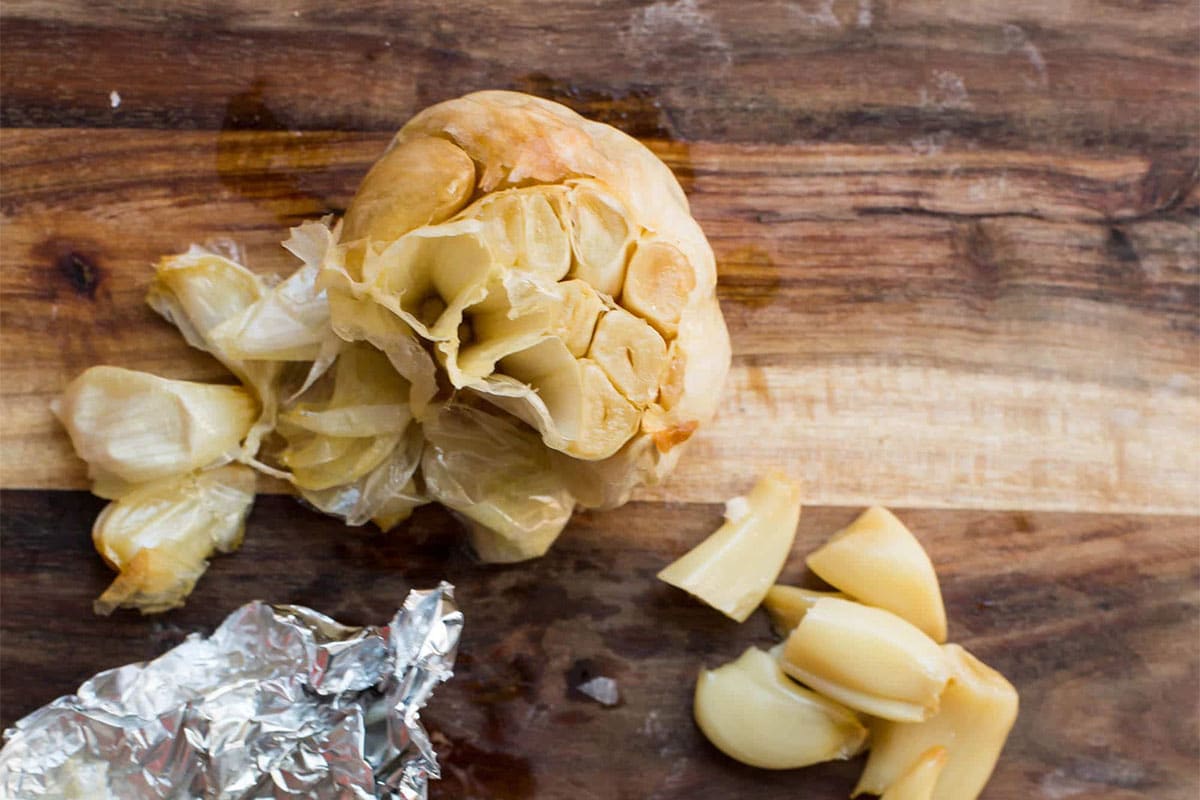
Roasted garlic is mild, sweet, soft, and silky, and a great way to add a smoky garlic flavor to all kinds of recipes. Roasting amplifies the natural sweetness of garlic, tempers its sharp bite, and softens the texture. The roasted garlic cloves can be spread onto foods or mashed and blended into marinades, vinaigrettes, soups, stews, and the like.
We’ve all ordered things made with roasted garlic in restaurants, and it’s highly possible that making it at home seemed daunting, but it’s really so, so easy. Not like, “Oh, soufflés are so easy!” More like if-you-can-drizzle-something-with-oil-and-wrap-it-in-aluminum-foil-you-can-do-this easy. Just 45 minutes at 400 degrees, and voilà: perfect roasted garlic! You can also bake the garlic at a lower or higher temperature; just adjust the cooking time as needed.
By signing up, you agree to our Privacy Policy.
Roasted garlic adds a beautiful extra layer of flavor to practically any dish. Try adding it to Lemon Garlic Chicken Thighs, Smashed Garlic Butter Sweet Potatoes with Feta, Roasted Garlic Bread with Tomatoes, Hummus, or Green Beans with Gremolata.
What's In This Post?
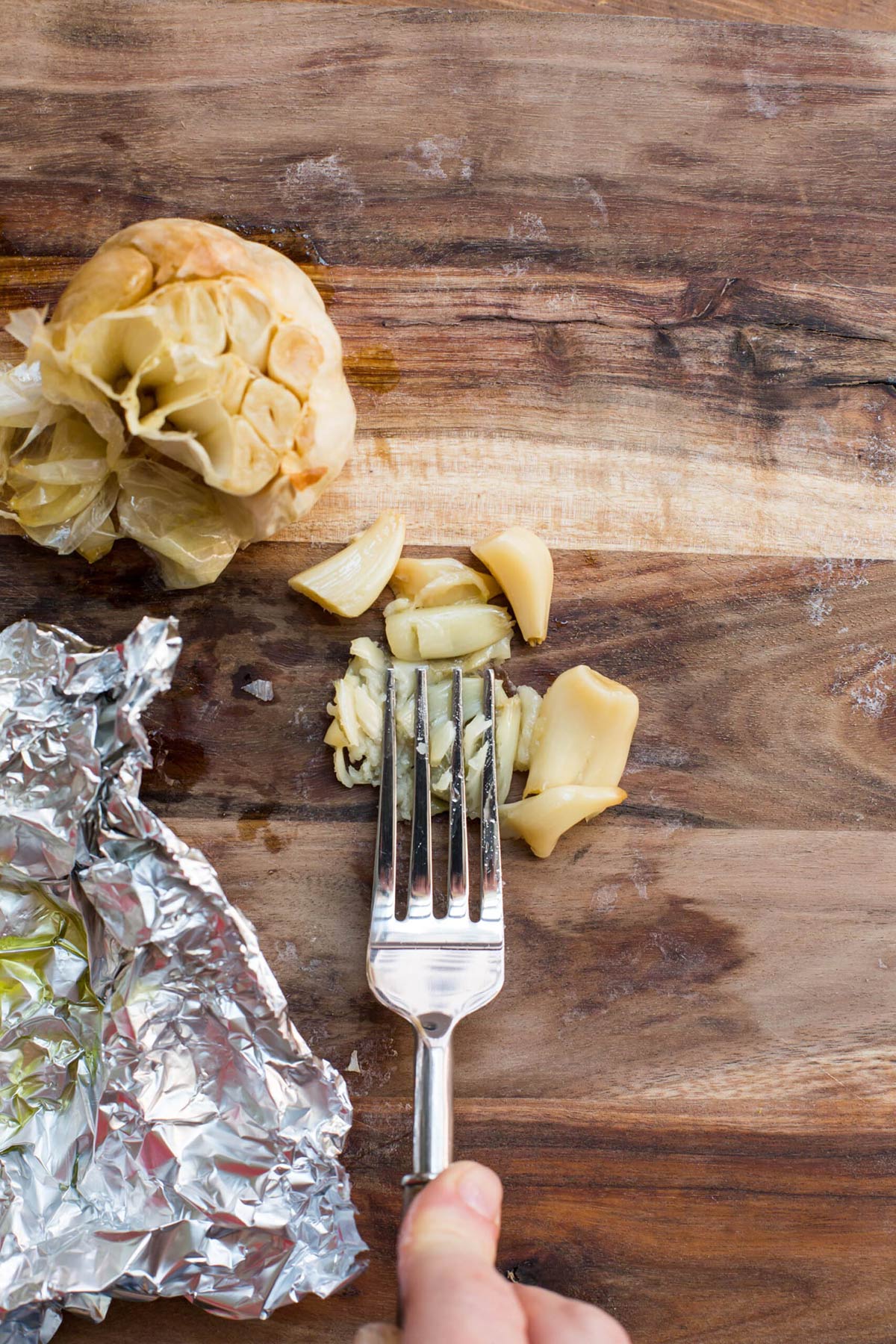
How to Roast Garlic
In general, I usually bake garlic in a 375- to 400-degree oven. Happily, you can make roasted garlic at any temperature ranging from about 275 degrees to 425 degrees. You just need to adjust the baking time up or down.
The following are the basic directions, but the most important thing to know is this: if you like roasted garlic and want to use it in more of your dishes, then whenever you turn the oven, that’s an opportunity to make a head or two of this with about 2 minutes of hands-on time.
- Prepare the garlic: Slice the top off each of the whole heads of garlic so that the top of the cloves are exposed. Leave the outer layer of skin intact, the papery outer layers holding the head together.

- Drizzle the oil: Place the heads of raw garlic in a square of aluminum foil. Drizzle the tops with olive oil and sprinkle with salt. Wrap the garlic heads in the foil, enclosing them completely.

- Roast the garlic: Tightly wrap the garlic bulbs with the foil. Cook the packets on a baking sheet for 45 minutes at 400 degrees.
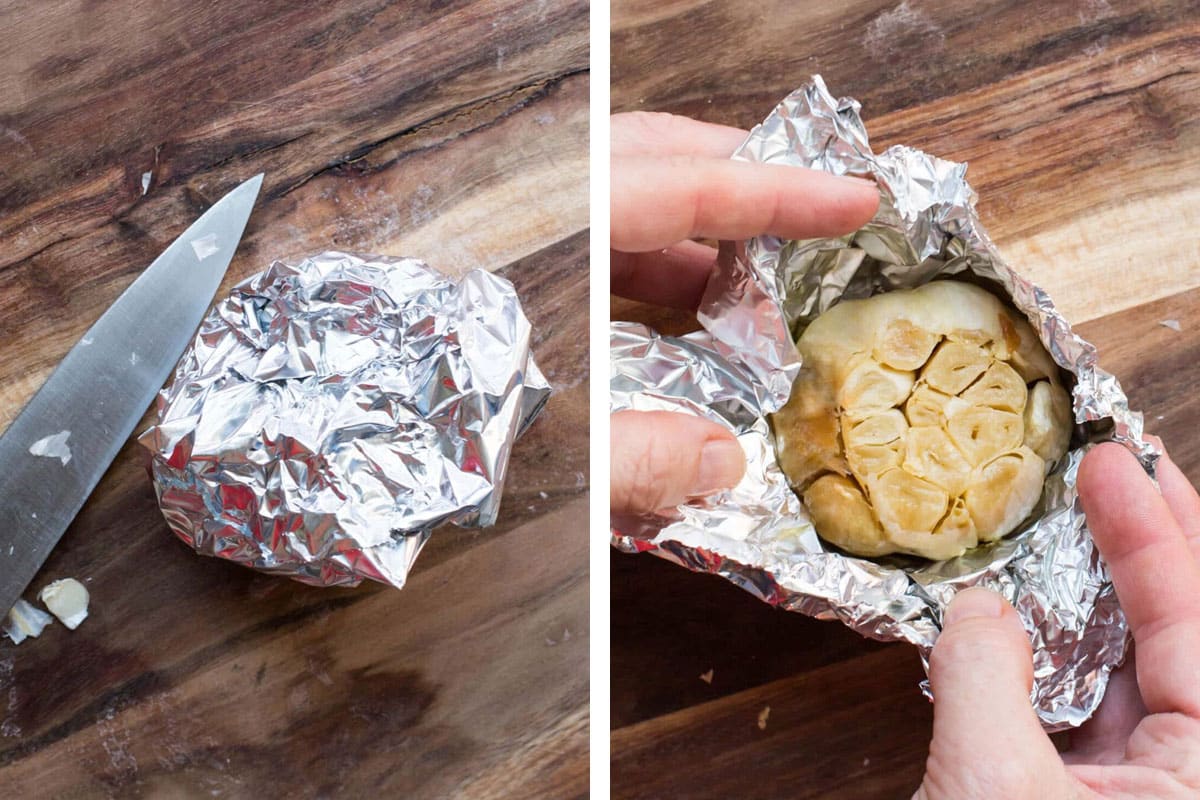
- Extract the garlic: Once cool enough to handle, squeeze out the individual soft cloves from the papery wrapper, pressing up from the bottom to pop it out. Use the garlic whole, or mash it as desired.

How to Use Roasted Garlic
- Almost any way you would use regular garlic, you can use roasted garlic cloves for a softer, more roasty-smoky garlic flavor. Since the flavor is a bit lighter and definitely milder, you can use more roasted garlic; about a 2 to 1 ratio to minced garlic is a good start.
- Mash the soft garlic and use it in sauces, casseroles, sautés, or chilis.
- You can blend it into dips or even just spread it on a toasted baguette drizzled with olive oil. You could also use that as the base to make all sorts of crostini and bruschetta.
- Try using roasted garlic in Pan con Tomate, Lebanese Couscous with Sautéed Kale and Lemon Dressing, or White Chicken Chili.
Storage
Roasted garlic will keep, well wrapped, in the refrigerator for at least 1 week, packed in an airtight container.
Or you can tuck it in the freezer for up to 3 months. If you want to freeze it, just separate it into cloves and put it in a sturdy zipper-top bag, so it defrosts faster and is easier to use what you need.
What to Serve With Roasted Garlic

Roasted Garlic Recipes
- Mashed Sweet Potatoes with Roasted Garlic
- Roasted Garlic and Tomato Bread
- Tomato Mozzarella Pasta Salad
Pin this now to find it later
Pin It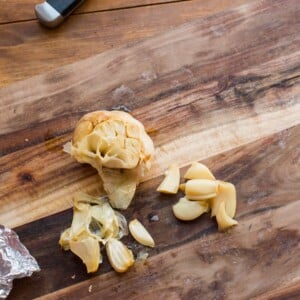
Roasted Garlic
Ingredients
- 2 heads garlic
- 1 tablespoon olive oil
- Kosher salt (to taste)
Instructions
- Preheat the oven to 400 F.
- Cut the tops from the heads of garlic with a sharp knife, exposing the very tops of the cloves. Place each head on a square of aluminum foil large enough to encase the garlic. Drizzle half of the olive oil over the exposed tops of the cloves. Sprinkle the tops with salt. Wrap each head tightly in foil, and place them on a baking sheet.
- Bake for about 45 minutes until the garlic is very soft. Let cool in the foil. When cool enough to handle, unwrap and squeeze out the roasted garlic from the papery wrapper, pressing up from the bottom to pop it out.
- Use in recipes or store for later.
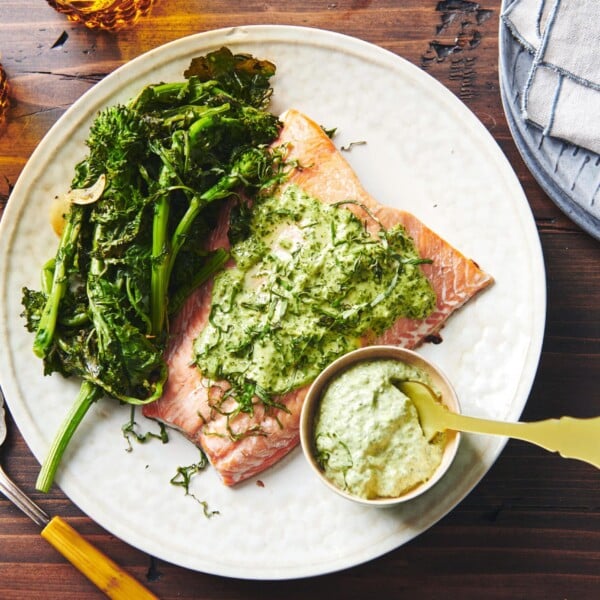
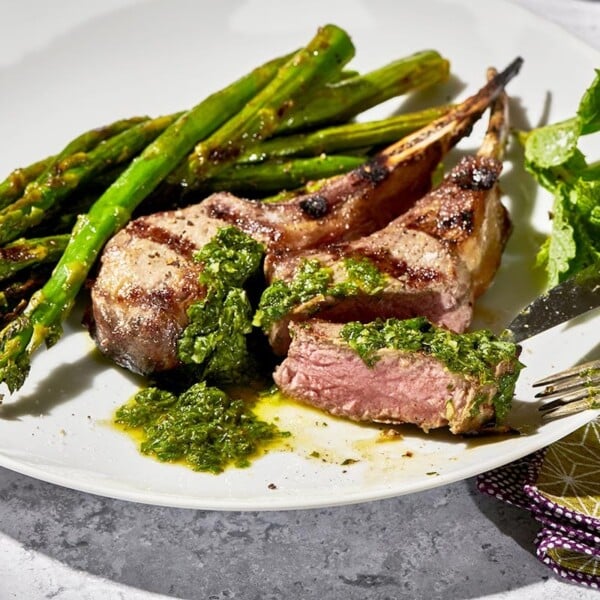
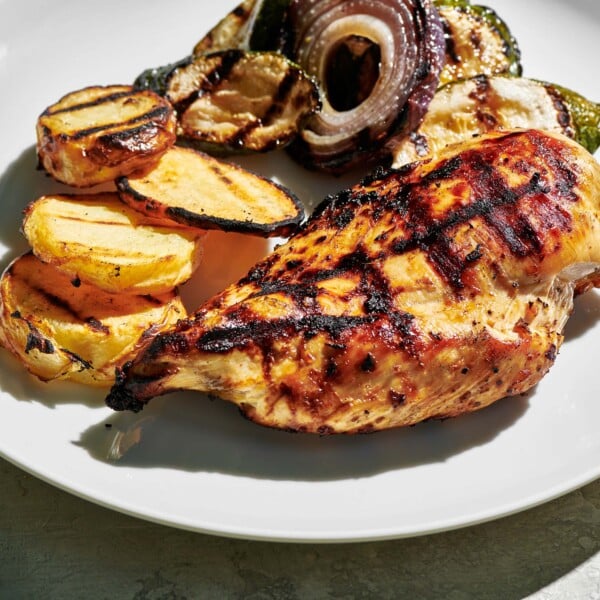
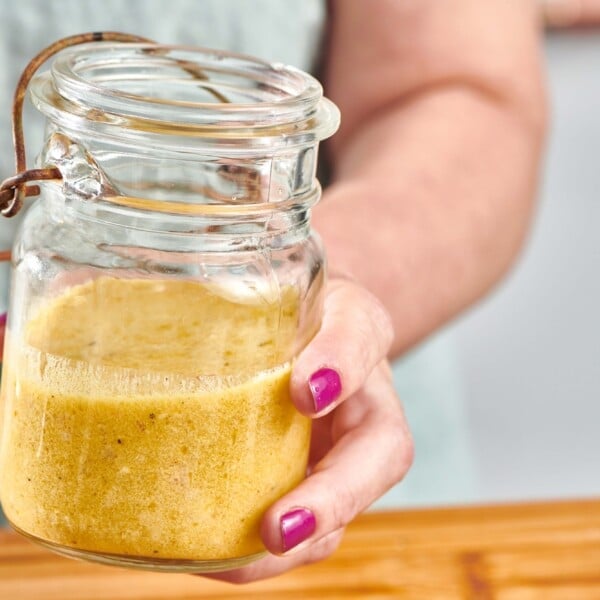
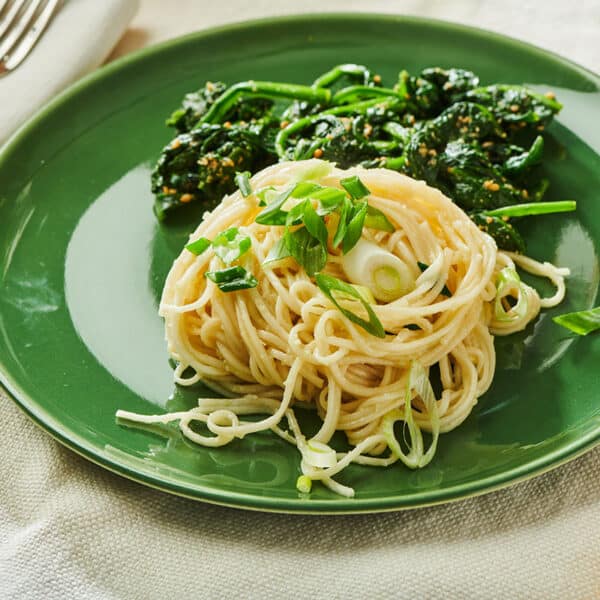
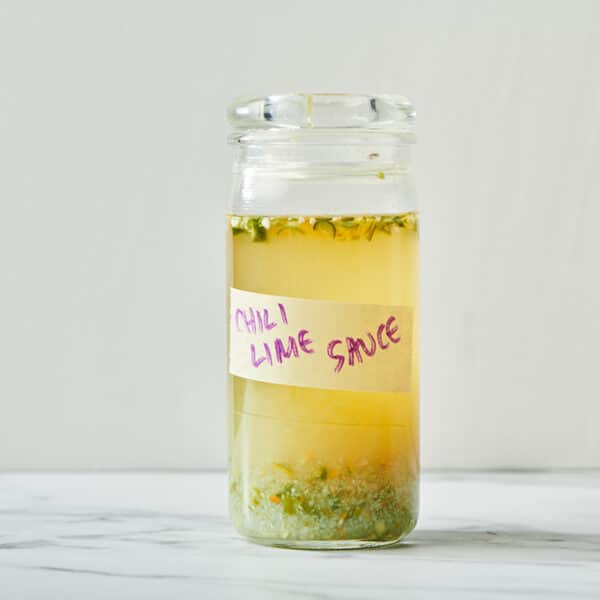
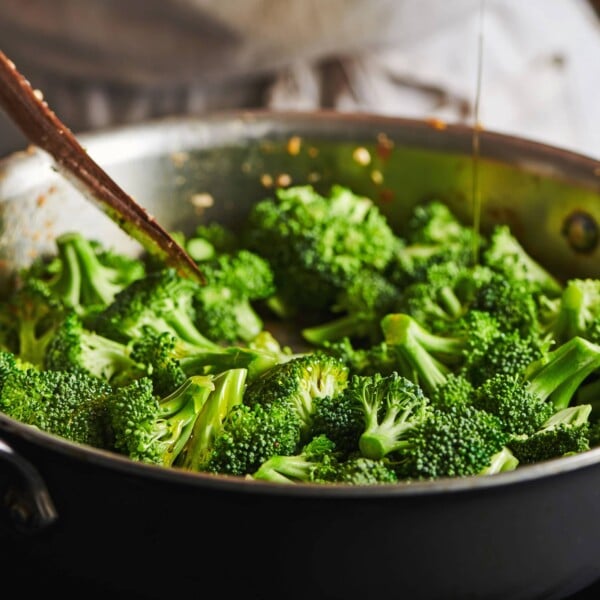









I love this method for roasting shallots!
Two points: roasting garlic destroys most of the main effective ingredient, allicin, and also when you roast with aluminum, some of the aluminum migrates into the food. Aluminum is neuro-toxic (which is why it is criminal for Big Pharma to put it in vaccines as an ‘adjuvant’.
This is for those of us who don’t like it raw